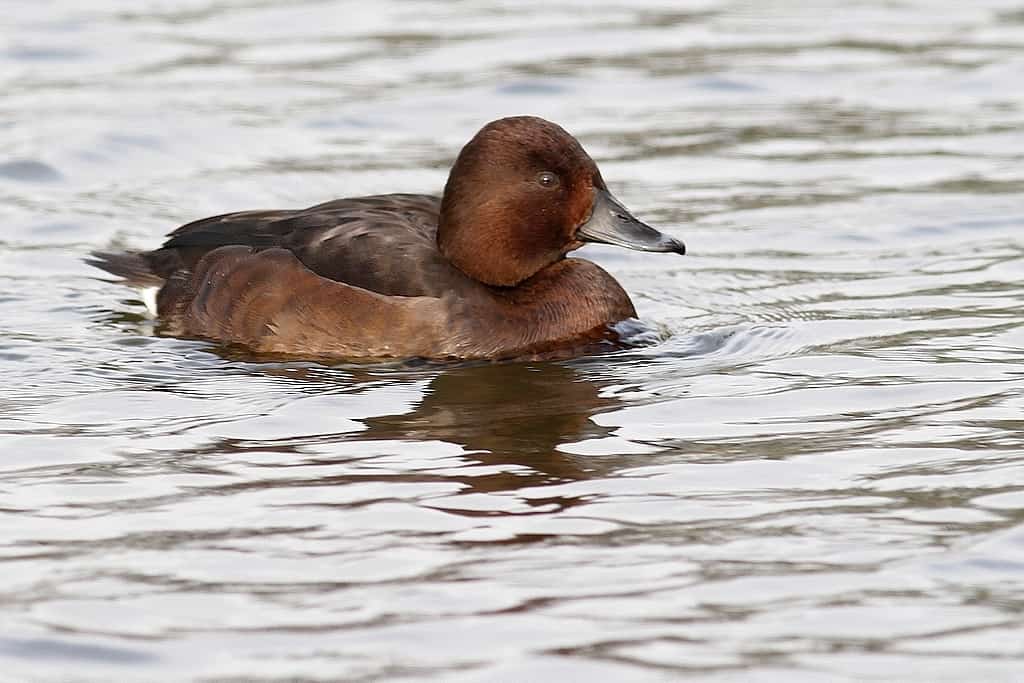The Ferruginous Duck (Aythya nyroca) is a duck from Eurasia. It is a medium-sized diving duck. Their habitat: marshes and lakes with a metre or more water depth. They breed in southern and eastern Europe and southern and western Asia. They are often migrating in the winter and fly to the south and into north Africa.
The adult male has a rich chestnut color with a darker back and a whitish eye. They look similar to the (female) Tufted Duck but you can distinguish them by the pure white undertail. The female is similar as the male but with a dark eye.
Food: by diving or dabbling they eat aquatic plants, mollusks, aquatic insects and small fish.
Last week a pair has been seen in my neighborhood here in the Netherlands. Swimming and feeding in a small ditch near a highway. I’ve made some pictures from a female some years ago and yesterday it was the first time I could make pictures from a male as well.
Rob Belterman
Rob Belterman has been working in Rotterdam Zoo since 1978, and is based in the Netherlands. Retired since 2014. His project activity encompasses the genetics (chromosomes) of birds and mammals, sexing European White Storks for re-introduction in the Netherlands, Bearded Vultures in Austria, and Cinereous Vultures in Mallorca. He coordinates two European Endangered Species Programmes for Red-crowned Cranes and Siberian Cranes. Rob is an enthousiastic bird photographer and always takes his camera with him when travelling.
- Web |
- More Posts(11)




Leave a Reply